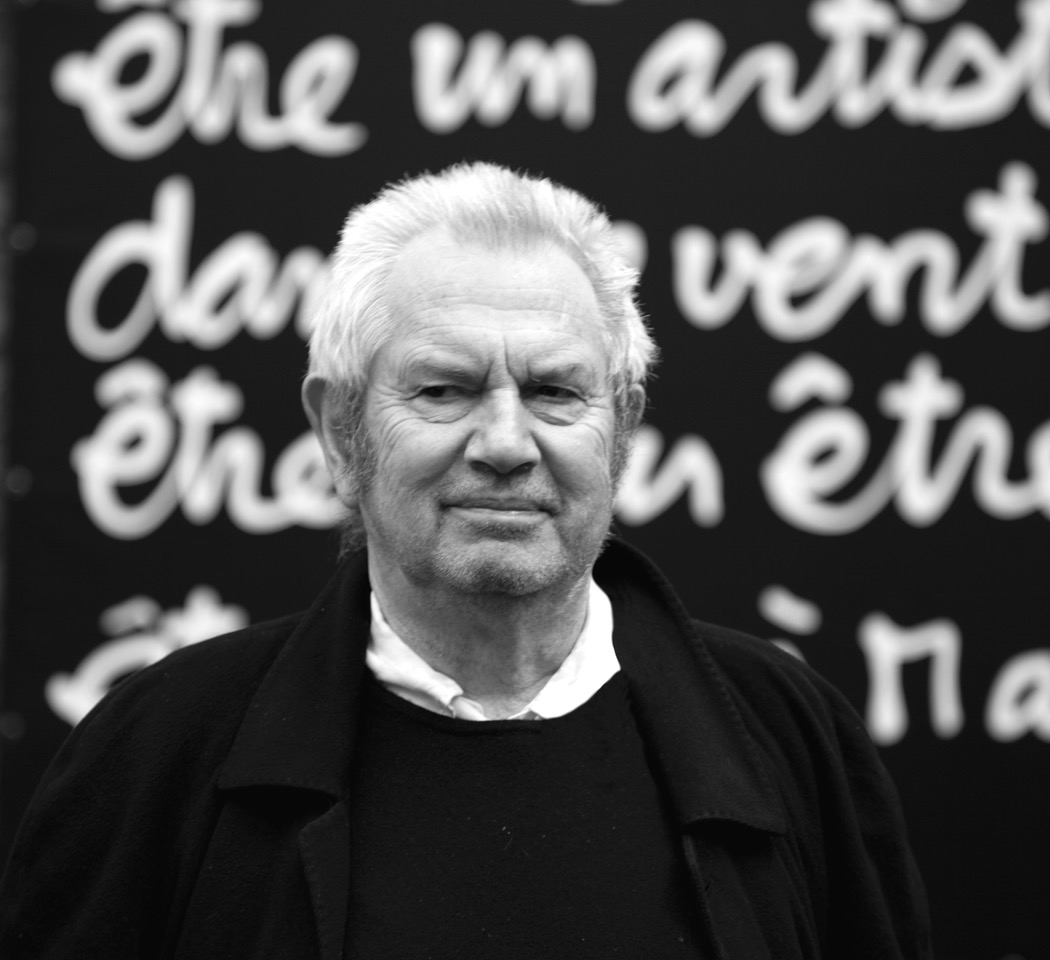Ben Vautier
Ben, pseudonym of Benjamin Vautier, is one of the principal founders of the Fluxus group.
Born in 1935 in Naples, Italy, Vautier moved to Nice in 1949, where he lives and works to this day.
After many years working at a bookshop, he decided to open a small record store, which soon became an exhibition and hangout place popular amongst the School of Nice artists: César, Arman, Martial Raysse, etc.
Convinced that “art must be new and bring a shock”, he produced his first drawings based on simplified banana motif variations. This series marked the beginning of his graphic research.
In 1962, Ben became involved with the nascent Fluxus movement. His Fluxus works aimed at defining art as a practice that unifies life, objects and philosophy, developing alongside the notion of appropriation based on the idea that, in art, everything is possible. He, therefore, started to sign everything that had no artistic paternity: people, paintings, photographs, etc. Working on the notions of self, ego, and artist identity, he developed the concept that if art is only a matter of signature, the more visible it is, the more the public will desire it.
His work gained popularity in the 1960s thanks to his writings in various media and forms, notorious for combining impertinence and accuracy of purpose. Relating his everyday joys and misfortunes with an innate sense of humour, he articulated many themes, expressing his feelings, passions and obsessions through his concise catchphrases.
Initially, Ben traced his words with a brush, generally in oil on wood, and then resorted to a technique consisting of “writing” on canvas with acrylic paint poured straight out of the tube. Due to their format, the significantly reduced colours and the signalling effect of writing, his early works sit closer to message signboards than conventional painting.
The exhibition “About Nice” inaugurated in 1977 at the Centre Georges Pompidou was the Parisian recognition of the research carried out by Vautier and the School of Nice.
Ben’s works are included in the world’s largest private and public collections, including MoMA in New York, the Walker Art Center in Minneapolis, the Art Gallery of New South Wales in Sydney, the Museum Moderner Kunst Stiftung Ludwig in Vienna, the MUHKA in Antwerp, Stedelijk Museum in Amsterdam, Solothurn Museum in Switzerland, Musée National d’Art Moderne in Paris, Musée d’Art Moderne et d’Art Contemporain in Nice, M. A.C. Marseille, M.A.C. Lyon.
